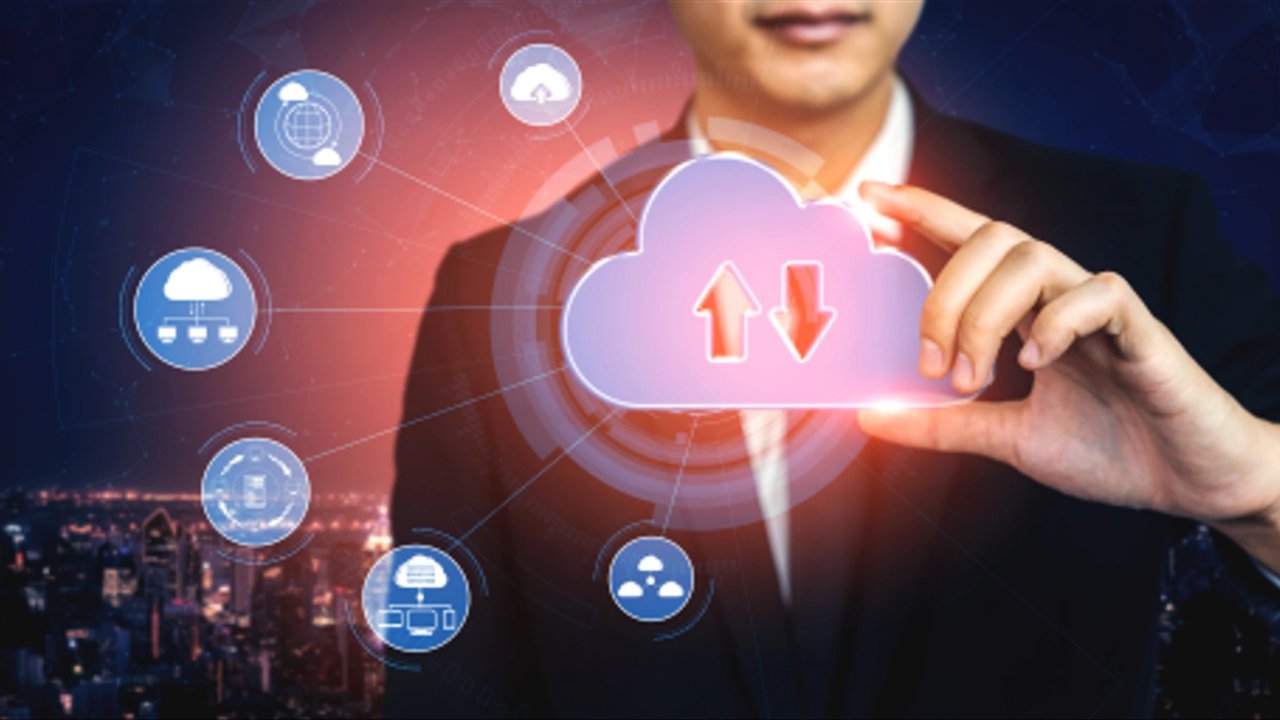The rapid growth of IoT devices, 5G networks, and real-time data processing demands has pushed businesses to rethink traditional cloud computing models. Enter edge computing—a paradigm that brings computation and data storage closer to the source of data generation.
But how exactly is edge computing transforming cloud data centers? What real-world applications benefit from this shift? In this article, we’ll explore compelling use cases where edge computing enhances efficiency, reduces latency, and unlocks new possibilities for industries worldwide.
What Is Edge Computing in Cloud Data Centers?
Edge computing decentralizes data processing by moving it closer to where it’s generated—whether that’s IoT sensors, smartphones, or industrial machines—instead of relying solely on centralized cloud servers.
Cloud data centers still play a crucial role, but edge computing complements them by:
- Reducing latency for time-sensitive applications.
- Minimizing bandwidth costs by processing data locally.
- Enhancing security by limiting data transmission.
- Ensuring reliability in offline or unstable network conditions.
Now, let’s dive into real-world applications.
1. Smart Cities & Traffic Management
Problem:
Urban areas face traffic congestion, inefficient public transport, and slow emergency response times due to delayed data processing.
Edge Computing Solution:
- Real-time traffic analysis: Edge devices process live camera feeds to optimize traffic light timing.
- Autonomous vehicle coordination: Self-driving cars rely on instant data processing to avoid collisions.
- Emergency vehicle routing: Edge nodes prioritize signals for ambulances and fire trucks.
Impact:
- Reduced commute times.
- Lower carbon emissions.
- Faster emergency responses.
2. Healthcare & Remote Patient Monitoring
Problem:
Hospitals and clinics struggle with delayed diagnostics and data overload when relying solely on cloud-based systems.
Edge Computing Solution:
- Wearable health devices: Process heart rate, glucose levels, and other vitals in real time.
- AI-assisted diagnostics: Edge AI analyzes X-rays and MRIs on-site, reducing cloud dependency.
- Telemedicine: Enables low-latency video consultations for rural areas.
Impact:
- Faster diagnosis and treatment.
- Reduced burden on centralized servers.
- Improved patient outcomes.
3. Industrial IoT (IIoT) & Predictive Maintenance
Problem:
Manufacturing plants face costly downtime due to unexpected equipment failures.
Edge Computing Solution:
- Vibration & temperature sensors: Detect anomalies in machinery before breakdowns occur.
- Local AI models: Predict maintenance needs without sending vast data to the cloud.
- Automated quality control: Cameras inspect products in real time on the assembly line.
Impact:
- 30-50% reduction in unplanned downtime.
- Extended equipment lifespan.
- Lower operational costs.
4. Retail & Personalized Customer Experiences
Problem:
Brick-and-mortar stores struggle to compete with e-commerce due to lack of real-time customer insights.
Edge Computing Solution:
- Smart shelves: Detect out-of-stock items instantly.
- AI-powered checkout: Reduces wait times with cashier-less systems (e.g., Amazon Go).
- Personalized promotions: Beacons send tailored discounts based on in-store behavior.
Impact:
- Increased sales through hyper-personalization.
- Enhanced in-store efficiency.
- Better inventory management.
5. Energy & Smart Grids
Problem:
Traditional power grids are inefficient, leading to energy waste and instability.
Edge Computing Solution:
- Real-time load balancing: Adjusts energy distribution based on local demand.
- Fault detection: Identifies outages instantly without cloud delays.
- Renewable energy integration: Optimizes solar/wind power usage dynamically.
Impact:
- Lower energy costs.
- Reduced blackouts.
- Greener power consumption.
6. Gaming & Augmented Reality (AR)
Problem:
High-latency cloud gaming leads to lag and poor user experiences.
Edge Computing Solution:
- Edge servers process game physics locally, reducing lag.
- AR applications (e.g., Pokémon GO) render graphics closer to the user.
- Multiplayer synchronization improves with edge-based matchmaking.
Impact:
- Smoother, more immersive gaming.
- Lower latency for competitive esports.
- Scalable cloud gaming services.
7. Financial Services & Fraud Detection
Problem:
Banks lose billions yearly due to delayed fraud detection.
Edge Computing Solution:
- Real-time transaction analysis flags suspicious activity instantly.
- Biometric authentication (facial recognition, fingerprint scans) happens locally.
- High-frequency trading benefits from ultra-low latency processing.
Impact:
- Reduced financial fraud.
- Faster, more secure transactions.
- Improved customer trust.
Challenges & Future of Edge Computing in Cloud Data Centers
While edge computing offers immense benefits, challenges remain:
- Security risks (more endpoints mean more vulnerabilities).
- Management complexity (distributed systems require robust orchestration).
- Standardization issues (lack of universal protocols).
However, advancements in 5G, AI, and edge-native applications will drive adoption. By 2025, Gartner predicts 75% of enterprise data will be processed at the edge.
Conclusion
Edge computing is no longer a futuristic concept—it’s here, transforming industries by enabling real-time decision-making, reducing latency, and enhancing efficiency. From smart cities to healthcare, retail to finance, businesses leveraging edge-cloud synergy gain a competitive edge.
As cloud data centers evolve, integrating edge computing will be crucial for staying ahead in a data-driven world.
